
The landscape of scientific history, once predominantly etched with the names and achievements of men, has undergone a profound and necessary revision, thanks in large part to the tireless, decades-long work of Margaret W. Rossiter. A distinguished historian from Cornell University, Dr. Rossiter, who passed away on August 3, 2025, at the age of 81, dedicated her formidable intellect to illuminating the obscured narratives of countless women scientists who had been systematically written out of the annals of progress.
Her groundbreaking trilogy, “Women Scientists in America,” stands as a monumental testament to her unwavering commitment. In these volumes, she not only chronicled the significant contributions of women to scientific fields but also meticulously documented the pervasive societal and institutional barriers that often rendered their accomplishments invisible. Dr. Rossiter’s work unveiled the systemic biases inherent in the historical record, fundamentally altering our understanding of scientific development and the complex interplay of gender, power, and recognition.
Indeed, her impact extends beyond her published works; Dr. Rossiter coined the pivotal term “the Matilda effect” — named for the 19th-century suffragist Matilda Joslyn Gage — to describe the age-old practice of attributing scientific achievements of women to their male colleagues. This concept alone has provided a crucial framework for discussing and rectifying historical injustices within science. This article embarks on an in-depth exploration of Dr. Rossiter’s transformative contributions, examining the origins of her monumental undertaking and the specific, compelling stories she resurrected from obscurity, fundamentally enriching our collective memory of scientific endeavor.
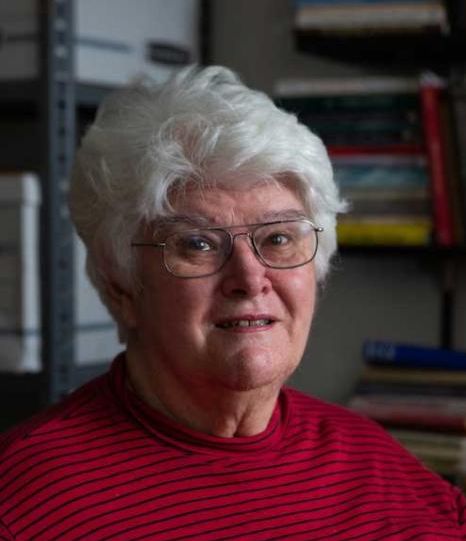
1. **The Genesis of a Groundbreaking Quest**Dr. Margaret W. Rossiter’s life’s work began with a deceptively simple question, posed during an informal gathering of professors and students in the late 1960s at Yale, where she was pursuing her Ph.D. in the history of agricultural science. She inquired, “Who were the women in science?” The “authoritative” and dismissive reply she received, echoing that of a male professor in an evening bull session she recounted to Smithsonian magazine in 2019, was unequivocal: “There were none,” with a mumbled addendum about Marie Curie being the sole exception. Dr. Rossiter vividly recalled her realization: “this was not an acceptable subject.”
However, this dismissal did not deter her; rather, it ignited a profound curiosity and resolve. A few years later, while sifting through a 1906 directory titled “American Men of Science,” Dr. Rossiter made a startling discovery. Despite the exclusionary title, she found several short entries for women. These entries, though brief, were irrefutable proof that women scientists did exist and had contributed to the field.
This revelation sparked a four-decade-long quest to uncover and tell the stories of these largely unknown women and their peers. Dr. Rossiter described her experience with a striking analogy: “I felt like a modern Alice,” she wrote, “who had fallen down a rabbit hole into a wonderland of the history of science that was familiar in some respects but distorted and alien in others.” This sense of discovery, of entering a hidden world, propelled her meticulous research into archives and records across the country, fundamentally challenging the established narratives of scientific history.
Read more about: Remembering 2005? A Deep Dive into Google’s Transformative Evolution from Search to Global Tech Empire
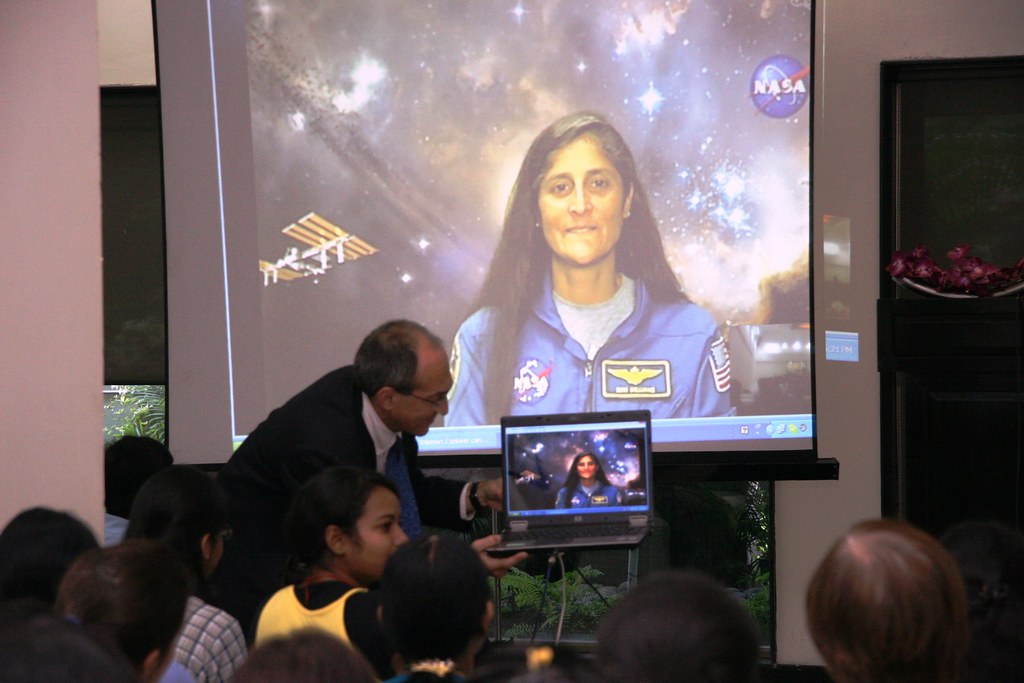
2. **”Women Scientists in America” Trilogy: A Monumental Undertaking**The initial scope of Dr. Rossiter’s project, a collective biography of women scientists, rapidly evolved into something far more ambitious and expansive. As she delved deeper into her research, she amassed an overwhelming amount of material that transformed her work into a comprehensive history of an occupational group. This transformation, as she explained in her introduction to the first volume, allowed her to explore how women’s status in science had “risen and fallen over time as the women’s role responded to external events and pressures.”
The sheer volume and depth of her findings necessitated a multi-volume approach. The first installment, “Women Scientists in America: Struggles and Strategies to 1940,” was published in 1982 by Johns Hopkins University Press. This volume meticulously documented the early challenges and ingenious methods women employed to pursue scientific careers in a male-dominated era. It laid the groundwork for understanding the systemic obstacles faced by pioneering women.
The trilogy continued with “Before Affirmative Action: 1940-1972,” which appeared in 1995, and concluded with “Forging a New World Since 1972,” published in 2012. Each volume built upon the last, providing an exhaustive historical analysis that, in the words of M. Susan Lindee, a professor of the history and sociology of science at the University of Pennsylvania, had “a lasting and transformative impact on the history of women in science.” Lindee further emphasized that Dr. Rossiter “uncovered the social experience of women in science” and demonstrated “exactly how power works,” cementing her real legacy.
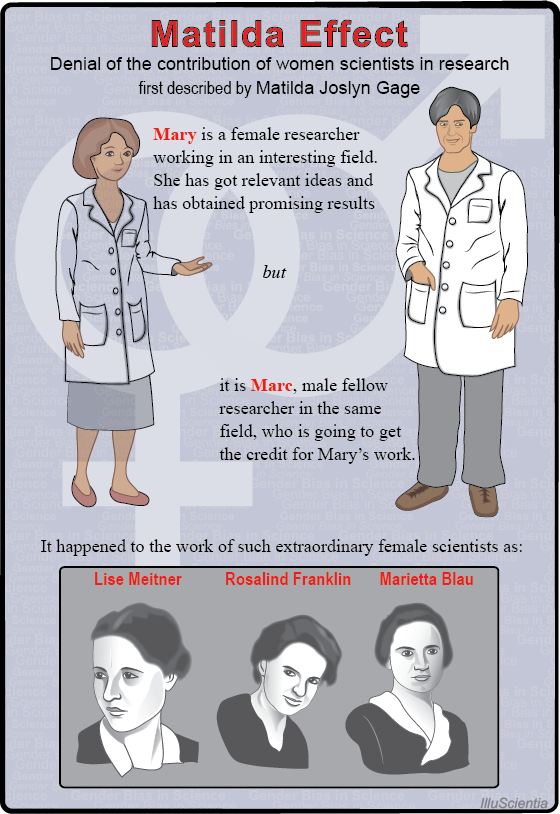
3. **The Matilda Effect: Coining a Term for Historical Injustice**Among Dr. Rossiter’s most enduring contributions is her coining of the term “the Matilda effect,” which has become an indispensable concept in the sociology of science and history. She introduced this term in a 1993 article published in the journal *Social Studies of Science*. The Matilda effect describes the systematic bias against acknowledging the achievements of women scientists and inventors, frequently resulting in their work being attributed to male colleagues.
This phenomenon was named in honor of Matilda Joslyn Gage, a 19th-century suffragist who first articulated this form of intellectual appropriation in an 1870 essay. Dr. Rossiter’s precise formulation of the effect provided a clear, concise language to discuss a pervasive and long-standing historical injustice, offering a framework for understanding why so many women scientists remained “invisible to history.”
The Matilda effect highlights a critical flaw in historical record-keeping and recognition systems within science. By providing a name for this bias, Dr. Rossiter empowered researchers and advocates to identify, analyze, and challenge the mechanisms that perpetuate the marginalization of women’s contributions. Its introduction marked a significant step in rectifying distorted historical narratives and advocating for equitable recognition in scientific fields.

4. **Lise Meitner: A Poignant Illustration of the Matilda Effect**One of the most widely cited and notorious examples Dr. Rossiter used to illustrate the pervasive injustice of the “Matilda effect” is the case of Lise Meitner. Meitner, an Austrian-Swedish nuclear physicist, played a crucial role alongside the German chemist Otto Hahn in developing the theory of nuclear fission. Their collaborative work was foundational to one of the most significant scientific discoveries of the 20th century.
However, when the Nobel Prize for this groundbreaking discovery was awarded in 1944, it went solely to Otto Hahn. Lise Meitner, despite her integral contributions, was conspicuously overlooked. This omission remains a powerful and oft-cited instance of a woman’s scientific achievement being attributed, either fully or predominantly, to a male colleague, epitomizing the very essence of the Matilda effect.
Dr. Rossiter underscored this injustice by quoting from Hahn’s autobiography, in which he expressed what she described as mystification by Dr. Meitner’s “disappointment” regarding the oversight, merely adding that she had been given honorary degrees in the United States. This dismissive attitude, highlighted by Rossiter, further underscored the institutional blindness to Meitner’s rightful claim to recognition and cemented her story as a tragic emblem of the systemic biases women scientists faced.
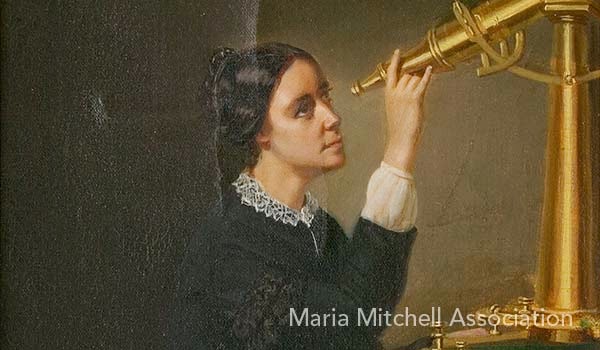
5. **Maria Mitchell: Illuminating an Early American Astronomer**In the first volume of her trilogy, Dr. Rossiter brought to public consciousness the remarkable story of Maria Mitchell, an American astronomer whose achievements had been largely obscured by history. Mitchell was uniquely trained by her father, a notable intellectual, and her exceptional talent led her to locate a new comet in 1847, an astronomical event that quickly became known colloquially as “Miss Mitchell’s Comet.” This discovery catapulted her to national celebrity at the young age of 28.
Her pioneering efforts and significant discovery earned her the distinct honor of being the first woman elected to the prestigious American Academy of Arts and Sciences. Despite these remarkable accolades and her undeniable talent, the path to a stable, recognized scientific career remained challenging for Mitchell. For years, she continued to work part time as a librarian on Nantucket Island, Massachusetts, a testament to the limited professional opportunities available to women of her caliber at the time.
It was not until 1862 that Maria Mitchell was formally hired by Vassar College, where she eventually became one of the country’s first female science professors. Dr. Rossiter’s meticulous research not only recounted Mitchell’s extraordinary life but also underscored the systemic hurdles she overcame, portraying her as a beacon of early female scientific ambition who, despite her brilliance, had become, in Dr. Rossiter’s own words, “invisible to history.”

6. **Female Scientists of the O.S.R.D.: World War II’s Hidden Contributors**Dr. Rossiter’s work extended beyond individual luminaries to uncover the contributions of entire cohorts of women whose scientific efforts shaped critical moments in history. She shed light on the female scientists employed by the Office of Scientific Research and Development (O.S.R.D.) during World War II. The O.S.R.D. was one of the largest U.S. agencies to employ scientists during the war, playing a pivotal role in defense-related projects, including the development of the atomic bomb.
Despite their crucial involvement, the names of these women rarely appeared in any contemporaneous histories of the atomic bomb or other significant projects undertaken by the office. Their contributions, though essential, were often relegated to the background, effectively camouflaging their roles in the face of prevailing gender norms and historical biases. Dr. Rossiter’s rigorous research methodology, particularly her “dogged detective work” in sifting through footnotes and obscure records, was instrumental in bringing these hidden figures to the forefront.
Through her exhaustive archival investigations, she managed to uncover what she described as an “army of women” who contributed significantly to the war effort. These women, working diligently behind the scenes, represented a vast, unacknowledged workforce whose intellectual labor was vital to national security and technological advancement, yet whose stories remained largely untold until Dr. Rossiter meticulously reconstructed them.
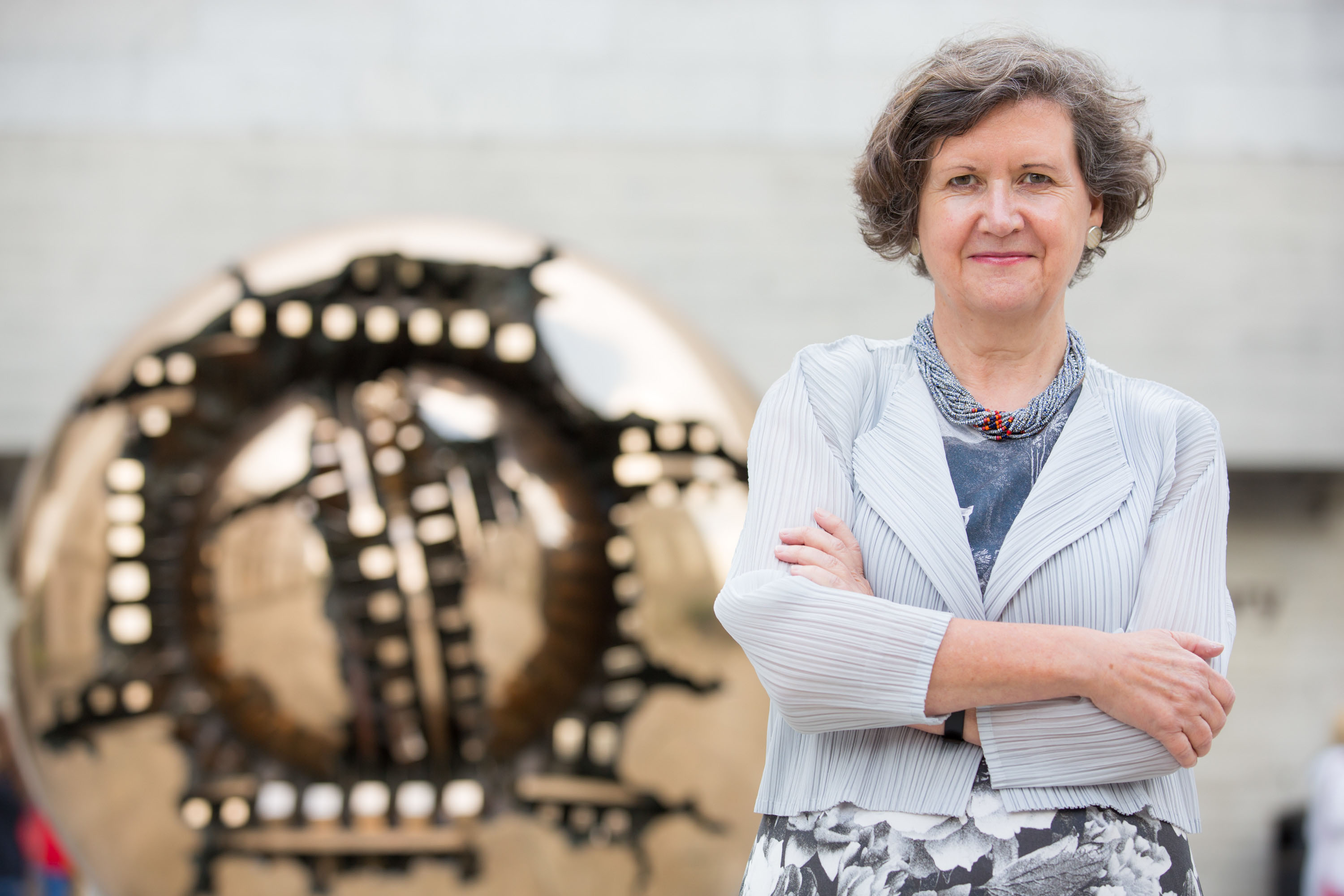
7. **Helen Blair Bartlett: A Specific Example of Wartime Scientific Service**Among the multitude of women scientists whose contributions to the Office of Scientific Research and Development (O.S.R.D.) Dr. Rossiter unearthed, the story of Helen Blair Bartlett stands out as a powerful individual example. Bartlett, a skilled mineralogist, left a position in the spark plug division at General Motors to join the O.S.R.D.’s ceramics branch during World War II, a move indicative of the profound commitment many women made to the national scientific effort.
In her role at the O.S.R.D., Helen Blair Bartlett undertook critical research that directly supported one of the war’s most secretive and impactful projects. She successfully developed a nonporous porcelain, an essential material designed for use in the interior components of the atomic bomb. This technical achievement underscores not only her individual expertise but also the highly specialized and indispensable scientific work performed by women during this era.
Bartlett’s story, meticulously documented by Dr. Rossiter, serves as a poignant illustration of how women, despite holding advanced degrees and critical skills, often operated in professional anonymity. Their names were frequently omitted from official reports and historical accounts, a collective oversight that Dr. Rossiter’s work systematically challenged and corrected. Her dedication ensured that figures like Helen Blair Bartlett, and countless others, finally received their rightful place in the historical narrative of scientific innovation.
Beyond the pivotal “Matilda effect,” Dr. Margaret W. Rossiter’s meticulous scholarship brought to light a constellation of other systemic biases that pervasively undermined women’s scientific careers. Her work provided not only historical context but also crucial terminology, equipping scholars and advocates with the language to articulate and challenge deeply entrenched patterns of discrimination. These additional insights further solidify her unparalleled legacy in meticulously documenting how power operated within scientific institutions to marginalize women.
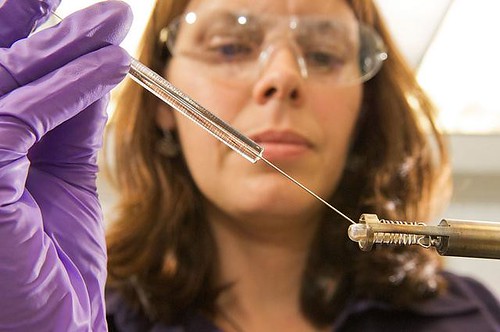
8. **The ‘Harem Effect’: A System of Subordinate Expertise**Dr. Rossiter coined the term “the harem effect” to describe a specific, insidious form of bias prevalent in scientific environments. This phenomenon manifested as male scientists deliberately surrounding themselves with, as she described it, a “bevy of competent female subordinates who would not be as threatening as an equal number of bright young men.” This dynamic was often rooted in the limited opportunities available to women, which meant these female subordinates would presumably “stay put.”
The “harem effect” was not merely a matter of gendered team composition; it represented a strategic exploitation of the systemic barriers faced by women in science. By hiring highly skilled women into subordinate roles, male scientists could benefit from their intellectual labor and expertise without the perceived threat of competition or the expectation of equal professional advancement. These women, despite their capabilities, were essentially confined to supporting roles, their ambition and potential often stifled.
This arrangement effectively camouflaged their contributions, preventing them from developing their own independent research programs or ascending to positions of leadership and recognition. Dr. Rossiter’s identification of this effect underscored a pervasive mechanism through which women’s scientific talents were utilized but simultaneously constrained, ensuring they remained secondary figures in the historical narrative of scientific progress. It was a subtle yet powerful reinforcement of institutional power structures that favored men.
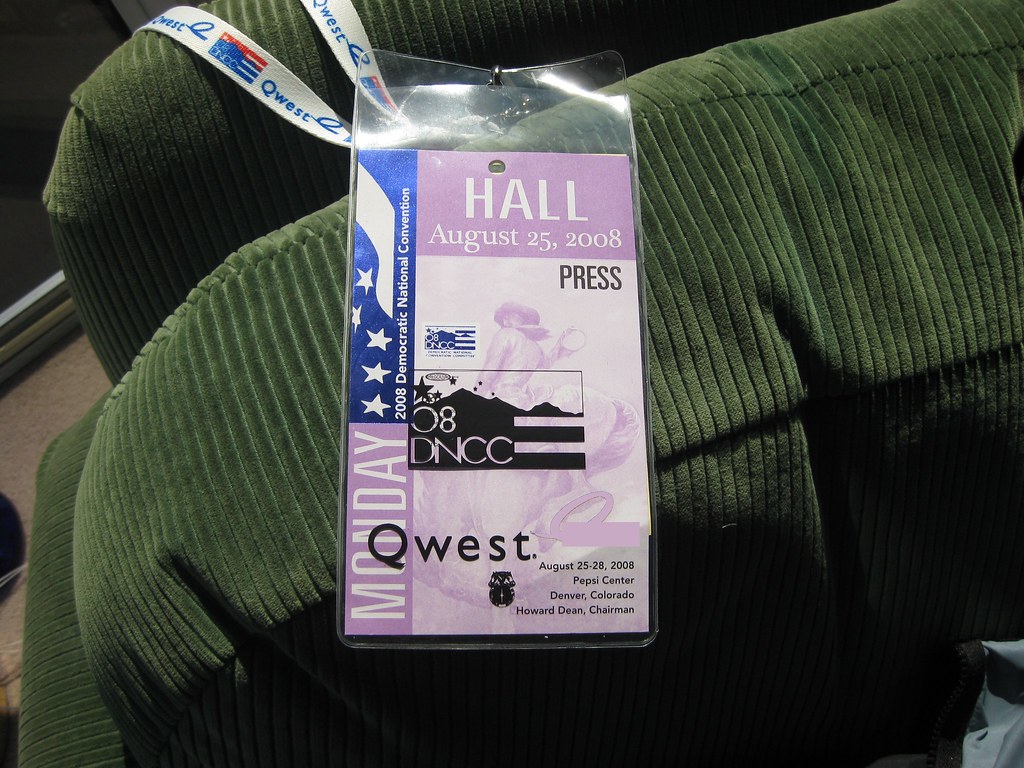
9. **’Credentialism’: The Unfulfilled Promise of Qualification**Another phenomenon Dr. Rossiter meticulously detailed was “credentialism,” a strategy by which women in science sought to overcome gender bias. This approach was predicated on the hope that if women accrued enough credentials – advanced degrees, specialized training, and a robust publication record – their gender would ultimately become irrelevant in the eyes of their male peers and institutional gatekeepers. The implicit belief was that sheer merit, backed by irrefutable qualifications, would eventually transcend prejudice.
However, Dr. Rossiter’s research revealed the harsh reality: this hope was largely unfounded. Despite women’s efforts to amass impressive credentials, gender often did not become irrelevant. Instead, institutional biases and discriminatory practices continued to impede their careers, often nullifying the very advantages that extensive qualifications were supposed to provide. This demonstrated a profound disconnect between meritocratic ideals and the lived experience of women scientists.
A particularly striking case highlighting the futility of credentialism in the face of institutional bias was that of mathematician Josephine M. Mitchell. As a tenured associate professor at the University of Illinois in the 1950s, her established academic standing was undeniably strong. Yet, upon marrying an untenured member of the math department, she was asked to leave her position, while her new husband retained his. This instance, among many others cited by Dr. Rossiter, powerfully illustrated how personal circumstances and prevailing anti-nepotism rules could override even the most stellar academic credentials, abruptly halting accomplished careers.

10. **’The Honorary Man’: An Exception That Reinforces the Rule**Dr. Rossiter also identified the concept of “the honorary man,” a term that vividly captures another dimension of systemic bias. This designation was applied to a woman whose achievements were considered so extraordinarily spectacular that they were not perceived as reflecting on the general intellectual or professional capabilities of women as a whole. Instead, such women were singled out as rare, anomalous exceptions, thereby implicitly reinforcing the notion that women generally lacked the qualities necessary for high-level scientific success.
The most common example of an “honorary man” was Marie Curie, whose groundbreaking work and Nobel Prizes made her an undeniable icon. However, her singular brilliance was often used not to elevate the perception of women in science, but to dismiss the potential of others. As Dr. Rossiter highlighted, a typical put-down of a competent but less famous woman scientist would be, “She’s good, but she’s no Madame Curie,” effectively isolating Curie’s achievement rather than allowing it to inspire broader recognition for female talent.
This phenomenon served a dual purpose: it acknowledged exceptional female achievement while simultaneously preserving the existing patriarchal structures by framing such success as an extraordinary deviation rather than an indication of widespread female capability. By categorizing certain women as “honorary men,” the scientific establishment could selectively recognize individual brilliance without having to fundamentally re-evaluate or dismantle the systemic barriers that continued to impede the careers of countless other women scientists.
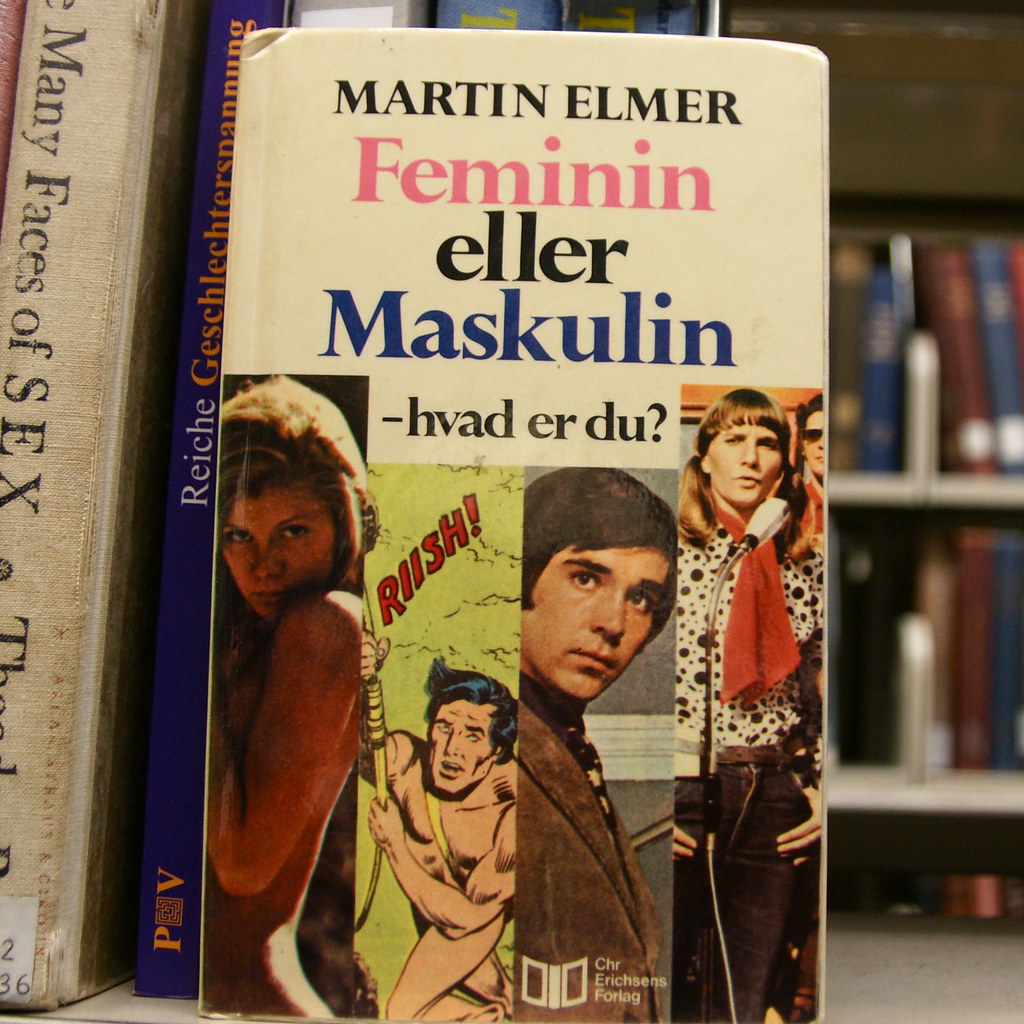
11. **Post-War Sidelining: The ‘Camouflaged’ and ‘Stockpiled’ Scientists**The tumultuous years of World War II saw an unprecedented influx of women into scientific fields, with many stepping into leadership roles and university enrollment surging. This period momentarily challenged traditional gender norms in science, as the exigencies of war necessitated mobilizing all available intellectual talent. Women scientists were crucial to the war effort, filling essential positions in defense-related projects and contributing significantly to technological advancements, as exemplified by the O.S.R.D. contributors.
However, Dr. Rossiter meticulously documented the precipitous reversal of these gains once the war concluded and men returned from service. Many women who had risen to prominence or secured critical scientific roles found themselves abruptly sidelined or even fired. This widespread displacement underscored the conditional nature of their professional acceptance, revealing that their engagement was often seen as a temporary measure rather than a permanent shift in scientific demographics.
In a poignant observation from Volume Two of her trilogy, Dr. Rossiter captured the tragic outcome for these highly trained women: “Trained to advanced levels,” she wrote, “they were, to use some military terms of the period, ‘camouflaged’ as housewives, mothers and ‘other,’ and ‘stockpiled’ in cities and college towns across America (where many still remain), ready but uncalled for the big emergency that never came.” This powerful imagery conveys the profound waste of talent and the deep personal and professional disappointment experienced by a generation of women scientists.
12. **Decades of Academic Precarity: Dr. Rossiter’s Own Struggle for Recognition**Ironically, Margaret W. Rossiter, the very historian who dedicated her life to uncovering the obscured careers of women in science, faced significant professional precarity herself. After earning her Ph.D. from Yale in 1971, it took her nearly two decades to secure a permanent academic position. This prolonged period of instability stands as a stark testament to the systemic challenges inherent in academia, even for scholars of her caliber and groundbreaking focus.
During these years, Dr. Rossiter navigated a landscape of temporary appointments, working as a visiting professor at various institutions, filling in for colleagues on leave for a year or two at a time. Her ability to sustain her monumental research, including the foundational work for her trilogy, relied heavily on securing grants and fellowships, such as one at Harvard. Yet, she candidly revealed that she was often living on unemployment benefits, a testament to the immense personal sacrifice required to pursue her intellectual mission against considerable institutional resistance.
Reflecting on her own professional journey, Dr. Rossiter once likened herself to a “78 [rpm] record in a 33 world,” a vivid metaphor for feeling out of sync with the prevailing academic system that seemed ill-equipped to accommodate her unique, interdisciplinary focus. Her personal struggle for a stable academic home underscores the persistent biases and structural rigidities that could marginalize even those dedicated to challenging historical injustices within the hallowed halls of academia.
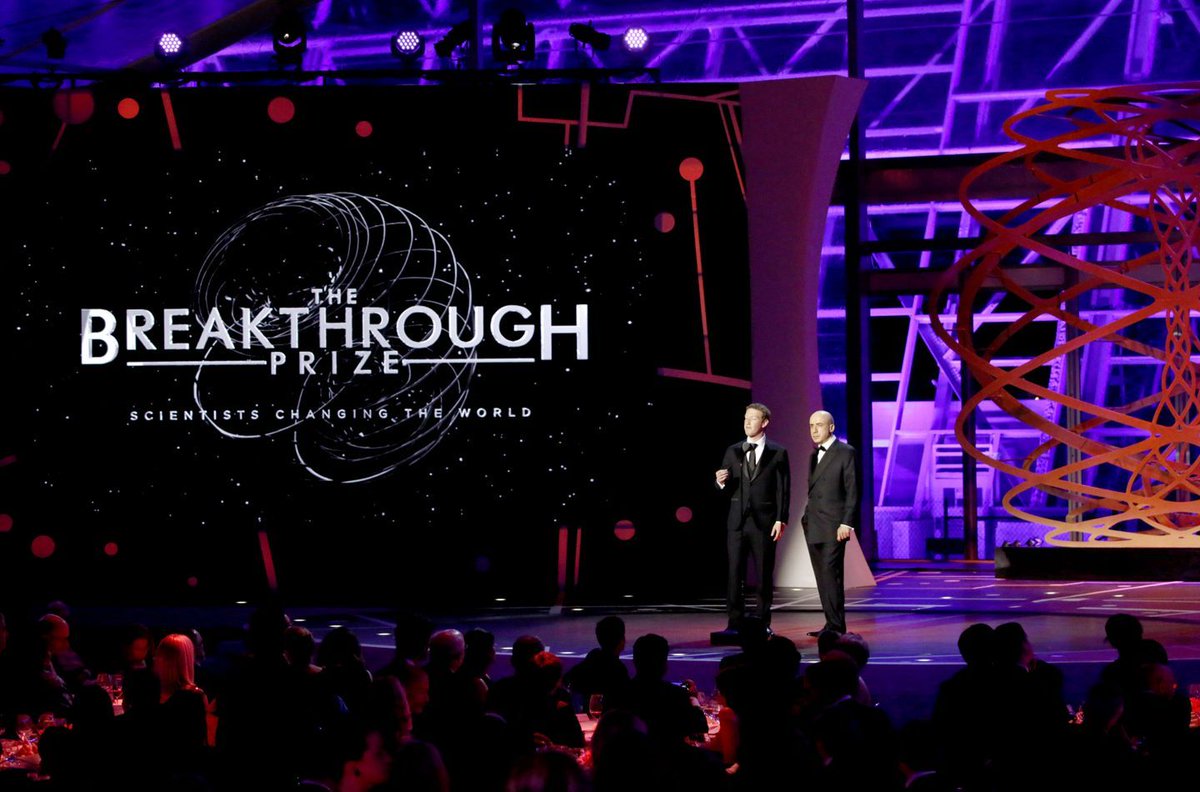
13. **Breakthrough Recognition: The MacArthur Fellowship and Cornell’s Enduring Commitment**The unwavering dedication of Margaret W. Rossiter eventually received the monumental recognition it deserved, marking a pivotal turning point in her career. In 1989, she was awarded a MacArthur Fellowship, widely known as a “genius grant,” an honor that bestowed significant financial and professional validation upon her groundbreaking scholarship. This prestigious award dramatically elevated her profile and provided the resources necessary to further advance her extensive research.
The MacArthur Fellowship also played a crucial role in securing her a permanent academic home. Despite her stellar work, Cornell University had initially kept her on visiting lectureships, with her funding split across multiple departments. However, when she received a compelling offer for a tenured position with a substantial research budget from the University of Georgia, Cornell’s administration, under significant public and faculty pressure, finally acted decisively to retain her.
This led to the creation of an endowed chair for Dr. Rossiter within the newly formed Department of Science & Technology Studies, an institutional commitment that not only provided her with security but also acknowledged the profound significance of her field. Her recognition extended further through a Guggenheim Fellowship in 1981, The Women’s Prize and Pfizer Award from the History of Science Society – the former of which was later renamed the Margaret W. Rossiter History of Women in Science Prize – and the Society’s highest honor, the Sarton Medal for lifetime scholarly achievement in 2022. She was also named a fellow of the American Association for the Advancement of Science in 2013, solidifying her place among the most influential scholars of her generation.

14. **Championing a New Generation: Mentorship and a Lasting Academic Impact**Even after securing her full professorship at Cornell, Dr. Rossiter remained a dedicated and engaged scholar, extending her influence through teaching and mentorship. She continued to offer courses on critical subjects such as agricultural history, women in science, and the broader history of science until her retirement in 2017. Her commitment to education ensured that future generations of students would grapple with the historical complexities she had so meticulously uncovered.
Beyond the classroom, Dr. Rossiter was renowned among her colleagues for her genuine intellectual curiosity and generosity. She made a point of taking an interest in their work, often forwarding relevant information or article clippings she discovered, accompanied by thoughtful notes. This personal touch exemplified her collaborative spirit and her dedication to fostering a robust academic community focused on shared inquiry.
Her mentorship had a profound impact on emerging scholars. Doctoral students like Rebecca Harrison recalled how Dr. Rossiter remembered their undergraduate work in astonishing detail, while associate professor Malte Ziewitz spoke of her “extensive counseling sessions” that helped him navigate a new academic world. Cornell University further honored her by establishing the Margaret W. Rossiter Women in Science award, given annually to a rising senior for an essay related to women in science, ensuring her legacy of support for young women in the field continues to flourish.

15. **An Enduring Intellectual Legacy: A Warrior for a More Complete History**Margaret W. Rossiter’s enduring intellectual legacy is evident not only in her monumental published works but also in the very physical space she inhabited at Cornell. Even after retiring as an emeritus professor in 2017, she maintained her office, which remained, as described, “a warren of file cabinets and boxes and teetering stacks of papers.” This organized chaos was a palpable testament to decades of rigorous research, extensive correspondence, and an insatiable drive to uncover every hidden narrative.
Her meticulous approach extended to saving everything, including a profoundly moving letter from a woman scientist after the publication of her first volume. The woman wrote, “I greatly enjoyed your work. I have spent a lot of money on psychotherapy because people kept telling me I was maladjusted.” This anecdote powerfully encapsulates the validation and solace Dr. Rossiter’s work provided to countless women who had silently endured similar experiences of marginalization and self-doubt. Her historical revelations offered them not just facts, but a profound sense of recognition and understanding.
Indeed, Dr. Rossiter has been rightfully hailed as “a warrior for womankind and a more complete history of science.” Her impact extends far beyond the academic sphere, reshaping our collective understanding of scientific progress and the inherent biases that have shaped its narrative. As M. Susan Lindee eloquently stated, Dr. Rossiter’s work not only “uncovered the social experience of women in science” but also demonstrated “exactly how power works,” cementing her real legacy as a transformative figure who ensured that the stories of invisible women in science would finally be heard, understood, and permanently etched into the annals of history.




